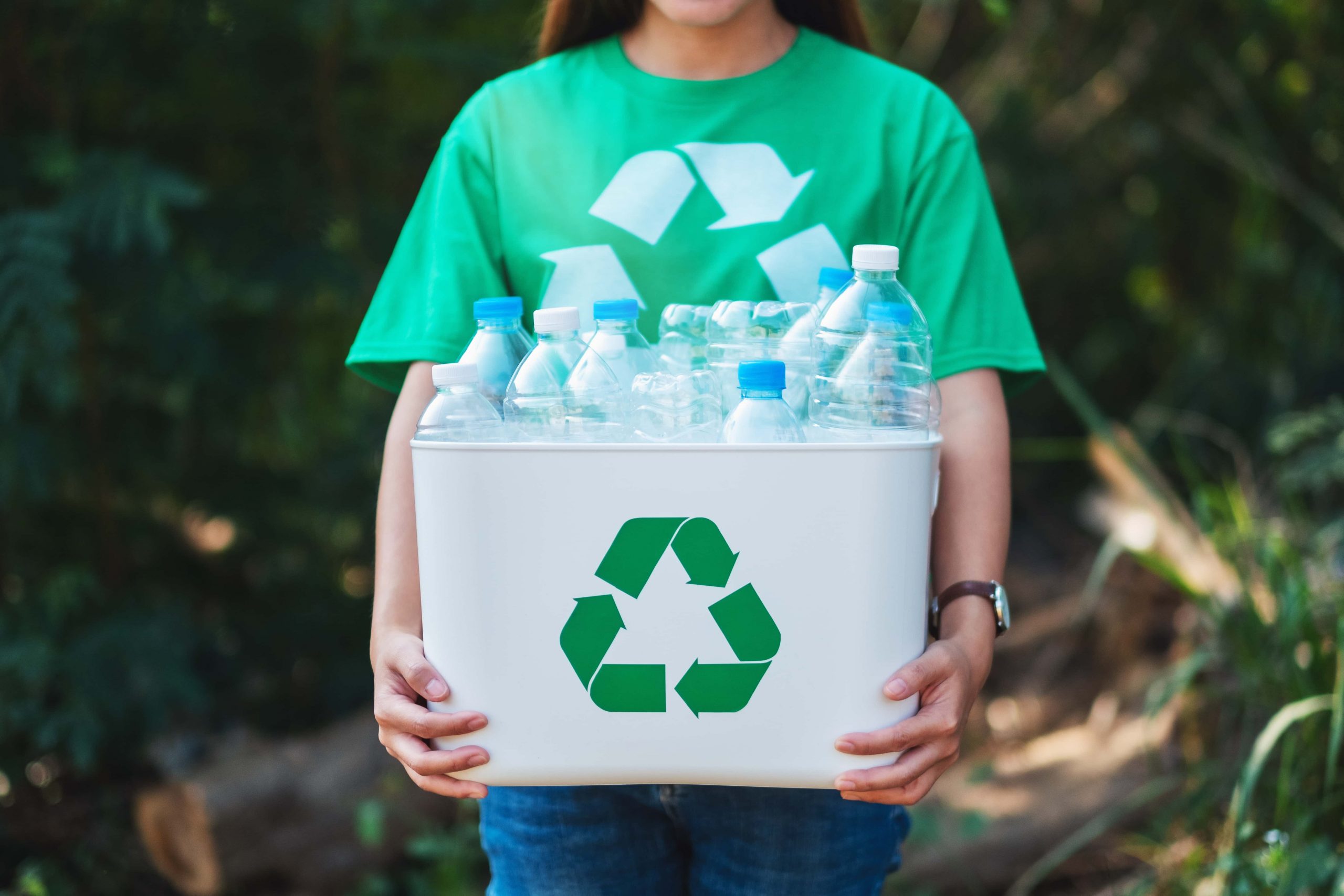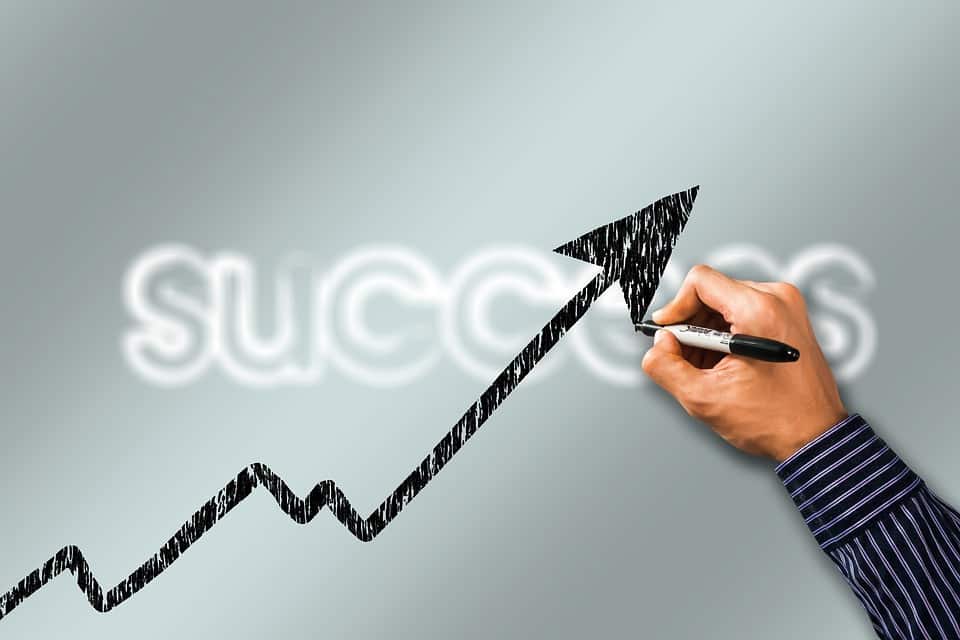Plastic recycling is the crucial solution to the problem of plastic pollution. There is a lot of talk about it, but do you ever wonder how plastic recycling works? The answer is surprisingly simple, and it involves a variety of different processes working together to make sure that your recyclable plastics end up back on the market as quickly as possible.
Anyone who lives in modern society has probably come into contact with some kind of plastic at some point in their life. Whether it was a disposable plastic shopping bag, a bottle of water, or an old credit card, almost everyone has used something made from one of the many different plastics available.
Luckily, you can recycle most of these plastics using dedicated recycling facilities. Therefore, we will explain how the process works so you can understand what happens from start to finish when you recycle your plastic waste responsibly.
Table of Contents
What is Recycling?
The first thing to understand about recycling is what it isn’t. When you put an item into the bin marked “recycling,” you’re not just tossing it in with the rest of the garbage. Instead, it will be go to a recycling facility to be separated and reprocessed to create something new. While the process used to create the new item may not be 100% identical to the original item, the resultant plastic will be as good as new.
Recycling is a great way to reduce the amount of waste produced, so it’s a win-win for everyone.
The three main steps in plastic recycling
- Separation: This is what happens in the first stage of plastic recycling. Different materials are separated, including paper, metals, and plastics.
- Crushing: Then, the plastic waste is crushed into granules less than three millimetres in size. This process helps remove any contaminants that may have been in the plastic waste and helps improve the quality of the plastic.
- Recycling: Finally, the granulated plastic is melted down and reprocessed using acids and other chemicals to break it down.
How to Get Started with Plastic Recycling
Many organizations and companies offer recycling services, and they’re usually happy to accept your old plastic waste. But, refreshingly, many consumer product companies, who are often accused of being responsible for plastic pollution, are creating awareness about recycling and bringing the much-required change. One prime example of this is Bisleri.

If you’re unsure where to start, try contacting your local government or your local waste management company. Many companies are also happy to give you a small discount if you show them that you’re serious about recycling.
Some recycling companies will also pick up your plastic waste from your house or from where you work, but it’s best to check with them first.
Which Plastics are Recyclable?
The main plastics that can be recycled are PET, HDPE, and PP. There are also a few other types of plastics that can be recycled, including PS, PC, and PVC. Unfortunately, some types of plastics aren’t recyclable, including certain types of textile plastic, fishing line, and composite plastics such as wood and fiberglass.
Final Words: The Bottom Line
It is obvious that plastic recycling is a great way to reduce waste and help to preserve natural resources. The best way to recycle your plastic waste is to look for a nearby drop-off location for recyclable plastics or to contact your local government or local waste management company for help.
It is the need of the hour! So start recycling your plastic waste today!





